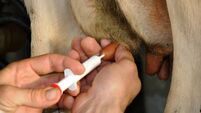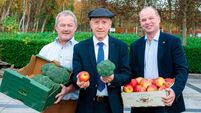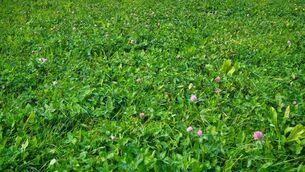To go past 18% in emissions cuts we'll need 'new and developing technology'
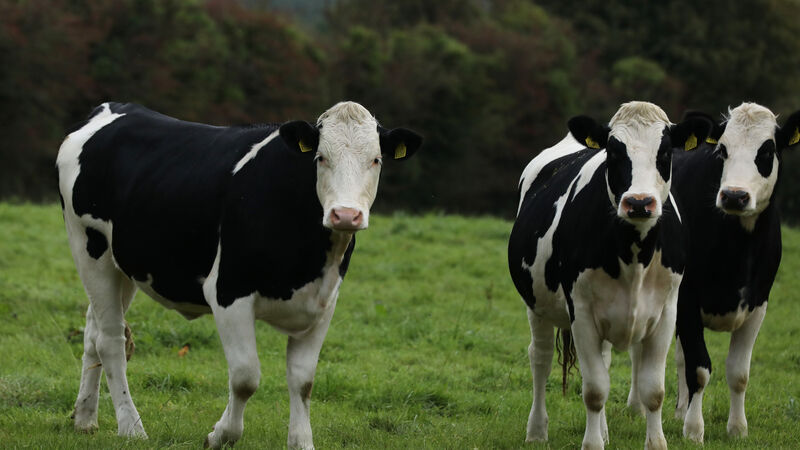
While it has been repeatedly stated that no mandatory herd culls will take place, we have already seen potential voluntary reductions schemes mentioned. Picture: Eamonn Farrell/RollingNews.ie
There has been rarely a week when so much of the future of farming hung in the balance.
The issue now is the pathway to reach this 25% cut to agricultural emissions. We know from Teagasc research that a cut of 18% is possible without any herd reduction.
The measures needed to reach this are included in what is called the ‘Marginal Abatement Cost Curve’ or Macc.
These measures include switches from CAN to protected urea, improvements in EBI, and the incorporation of clover into the sward amongst others.
However, even reaching this 18% will be a significant challenge as all measures must be widely taken up, for instance, all CAN on grassland would have to be substituted for protected urea.
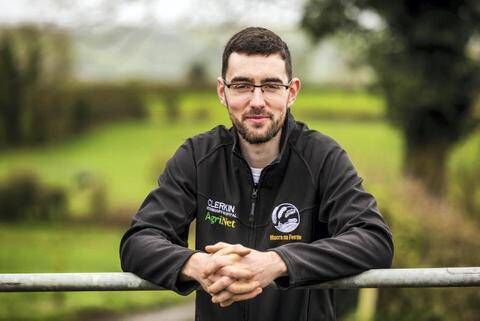
In an effort to demonstrate how achievable these changes are, Teagasc, along with industry partners and farm organisations have created the Signpost Programme with more than 113 demonstration farms.
Ensuring farmers understand and can practically implement the various emissions reduction technologies will require a whole-of-industry approach and importantly available supplies, something we have already seen challenges with around low-emissions slurry spreading equipment and fertiliser supplies.
However to reach beyond 18% we have to look at newer and developing technology and significant practice change.
To do this, Teagasc have developed the Macc+, including the likes of methane reducing feed additives and earlier slaughter ages for cattle.
The issue here is some of these technologies, such as the methane reducing product 3NOP, are only at trial stage or require livestock to be housed and feed a mixed ration to be effective.
The other issue at play is even if we do implement all these changes we will only reach 20% emissions reductions.
Reaching 22% requires us to look at technologies in development such as low-release bolus which could make methane-reducing products viable at grazing. However, these are far from ready to go, even at trial level.
Other potential measures, such as reducing the methane produced by slurries with additives and other technologies, could potentially be part of set of measures farmers may be encouraged to uptake.
The question is whether or not these measures will be with us in time to implement to make headway in the target to 2030.
Again, though we can see a shortfall, 3% even between the most optimistic scenario remains unaccounted for.
While it has been repeatedly stated that no mandatory herd culls will take place, we have already seen potential voluntary reductions schemes mentioned, as part of the Food Vision Dairy Group draft report currently being negotiated between department officials and farm organisations chaired by former Teagasc director Gerry Boyle.
Will voluntary schemes be forthcoming for beef and sheep farmers next?
The other issue is the confusion created by the announcement, with many farmers believing the technologies mentioned, namely anaerobic digestion and solar, would be credit against this 25% target.
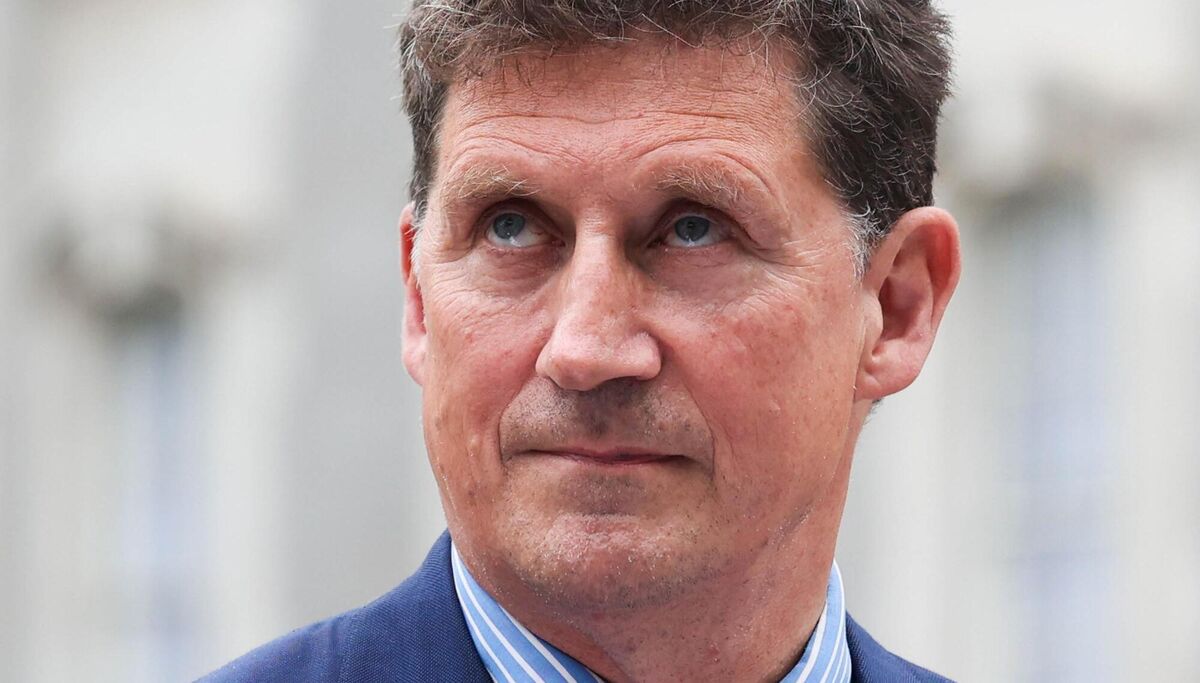
This is not correct, any emissions reductions from these investments either on farm or at community level will count towards the 75% reduction required by the energy sector.
Environment Minister Eamon Ryan seemed to indicate that potentially the income from solar and AD might encourage farmers to diversify away from livestock.
However, exactly how this will be achieved and whether the return will be enough for farmers to make up for loss of livestock remains to be seen.
AD and solar are certainly not new, however, the issue has always been the payment per unit of energy supplied to the national grid.
In fact, we are significantly behind our neighbours in these technologies, with over a hundred functioning AD plants in Northern Ireland alone and thousands in operation in Germany and France.
The question is the prediction that a cut in total nitrogen will meet both emissions and water quality targets. In short, the farm community has been left with many more questions than answers as to how exactly the final targets in emissions reduction will be achieved.
Hopefully, the plan Agriculture Minister Charlie McConalogue said would be forthcoming in autumn, alongside the budget, will give farmers a greater certainty. Then the only question will be, can it be achieved?




